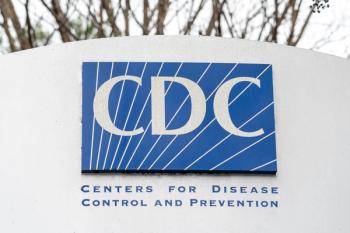
Social media and mental health: Content, sleep, and screen time
A discussion evaluating how social media can impact an individual's mental health, and what specific elements of social media could be causing it.
In a
"As of what we know... there is some research, but one of the key issues is we need more research, and we need some more detailed research," Jenkins said. "What we do know is there is an association with children's mental health and social media use, particularly when looking at depression and anxiety."
In this video interview, Jenkins is back to break down what we know about screen time and sleeping habits, types of content children could have access to through social media, good and bad, and advice for families when a reduction in screen time may need to take place.
"What I encourage everybody to do is look at the child individually. How are they engaging with content, what type of content they're using, and making sure you have a good understanding of that situation," said Jenkins. "Then looking for some of the negatives, is social media impacting their sleep? That is one of the biggest problems that I see in my own practice, using it before bedtime, interfering with quality of sleep, not getting enough hours of sleep."
Jenkins explained that it is very important to involve the child when discussing screen time and potential negative consequences with the family, while acknowledging all the platforms the child may be using aren't just the typical and/or stereotypical ones.
"Another point is social media is not just TikTok, Instagram and Snapchat, right? Social media comes in many forms. Even Duolingo, the language app, has a chat feature and you can add friends. We also have to be careful that we know what we're talking about. Engaging that child and looking at it with them collaboratively," Jenkins said.
"I really encourage parents to have that conversation, and also to come into it, not with a black and white approach, because it's likely unrealistic that your child will get off social media."
Newsletter
Access practical, evidence-based guidance to support better care for our youngest patients. Join our email list for the latest clinical updates.








